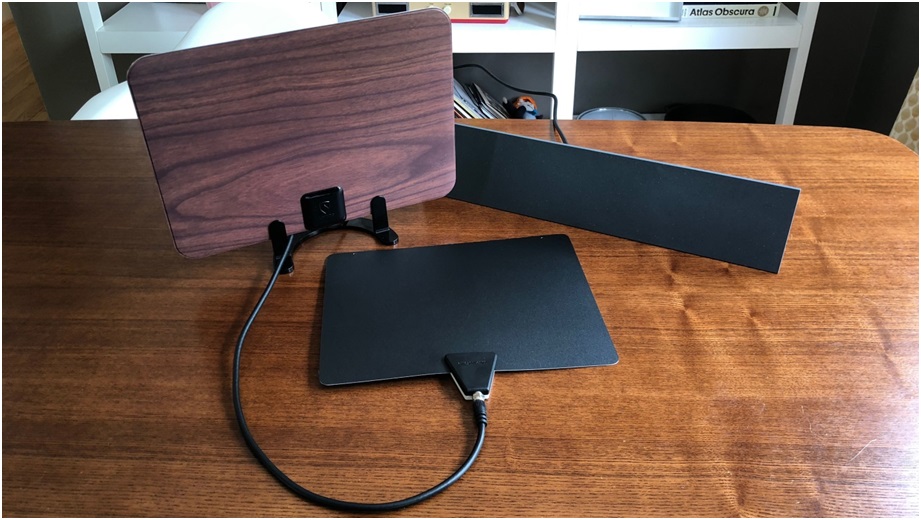Omnidirectional High Definition Television Antennas

In 1996, November 21 was declared as World Television Day by the United Nations General Assembly. There is currently no state that is not covered by television broadcasting. The most influential electronic medium is television.
Since ancient times, humanity has dreamed of transmitting images over long distances, as illustrated by fairy tales and stories of magic mirrors, but it took more than a millennium for this dream to come true. The rapid growth of television in the second half of the twentieth century has resulted in many generations of children who cannot imagine life without it.
The evolution of television broadcasting
From the beginning of the 1920s, experiments using electron beams to send and receive images over long distances started in different countries – the United States, Japan, and the Soviet Union.
In the late 1930s, the first mass-produced television sets were introduced. This link https://www.encyclopedia.com/media/encyclopedias-almanacs-transcripts-and-maps/television-broadcasting-history will show you more about the evolution of TV broadcasting.
The first practical electronic television set was produced in the American research laboratory RCA at the end of 1936. Later, in 1939, RCA launched the first mass-produced television. RCS TT-5 was the name given to this particular model. It was a huge wooden box with a 5-inch display. Semiconductors eventually replaced radio tubes. Sony created the first semiconductor television in 1960. Microcircuit-based models emerged later. There are now devices in which the entire electronic stuffing of the television is contained in a single microcircuit.
The quality of broadcasting has greatly improved in recent years, and it is now digital. The use of television has become commonplace. The methods and techniques of television broadcasting had significantly changed by the beginning of the century. Television was provided via cable and satellite.
What are the advantages of high-definition viewing?
Quality matters when it comes to television. Statistics have shown that consumers all over the world are interested in high-quality viewing. It’s a known fact that high-quality shows draw more viewers. However, it’s not just the quality of the content that attracts the audience but also the viewing experience. Consumers aren’t opting for a lower-quality viewing experience now that HDTV is available, and advertisers are aware of this.
What exactly is HDTV all about? If you want to compare the standard-definition television and high definition television you need to consider today’s famous digital cameras. When digital cameras appeared on the market a few years ago, one of the most common models had a 1.6 MegaPixel image sensor. The 1.6 Mpix was considered to be of high quality at the time.
Similarly, HDTV has a much higher resolution than SDTV. A 1080i HDTV signal, for example, has around six times the resolution of a 480i SDTV signal. It also has a wider aspect ratio than conventional televisions, which is more similar to the (4:3) aspect ratio used in the past.
More about television antennas

ATV antennas are very popular and, except for cable TV, almost no television can function without one. Click here to discover more about the history of TV broadcasting. Different settlements have different distances from the receiver. Some homes are hundreds of kilometers away, while others are just a short distance away. This aspect directly impacts antenna capacity, which compensates for the distance by allowing a signal of acceptable quality to be received.
There are various types of TV antennas such as:
A dipole antenna, also known as “rabbit ears,” is the most common and widely used antenna type. It usually consists of two similar conductors, wires, or rods which receive the broadcast signal. Dipoles are resonant antennas, which means that their components function as resonators, allowing waves to move from one end to another. As a result, the duration of the radio wave determines the length of the dipole elements.
A loop antenna is a directional antenna comprised of one or more flat wire turns formed into a loop. The shapes of these frames are circular, square, and rectangular. These types of outdoor antennas are particularly good at receiving ultrahigh-frequency (UHF) channels.
A Yagi antenna got its name from its inventor, a Japanese professor called Yagi. Because of their simple design and high gain, Yagi antennas are very popular. They’re commonly known as highly directional antennas. VHF and UHF TV antennas, as well as high-frequency amateur radio antennas, are examples of Yagi antennas.
Over-the-air antennas are simple to install and allow you to receive broadcast television from local TV stations. Such omnidirectional HDTV antennas allow viewers to enjoy the benefits of free HDTV everywhere. With these antennas, you won’t miss your favorite shows and events ever again.
A broad range of operating frequencies distinguishes a log-periodic antenna (LPA). As a log-periodic antenna, the radiation pattern of this antenna is nearly unchanged. These antennas are a good option for places, like rural areas, where the signal is weak.